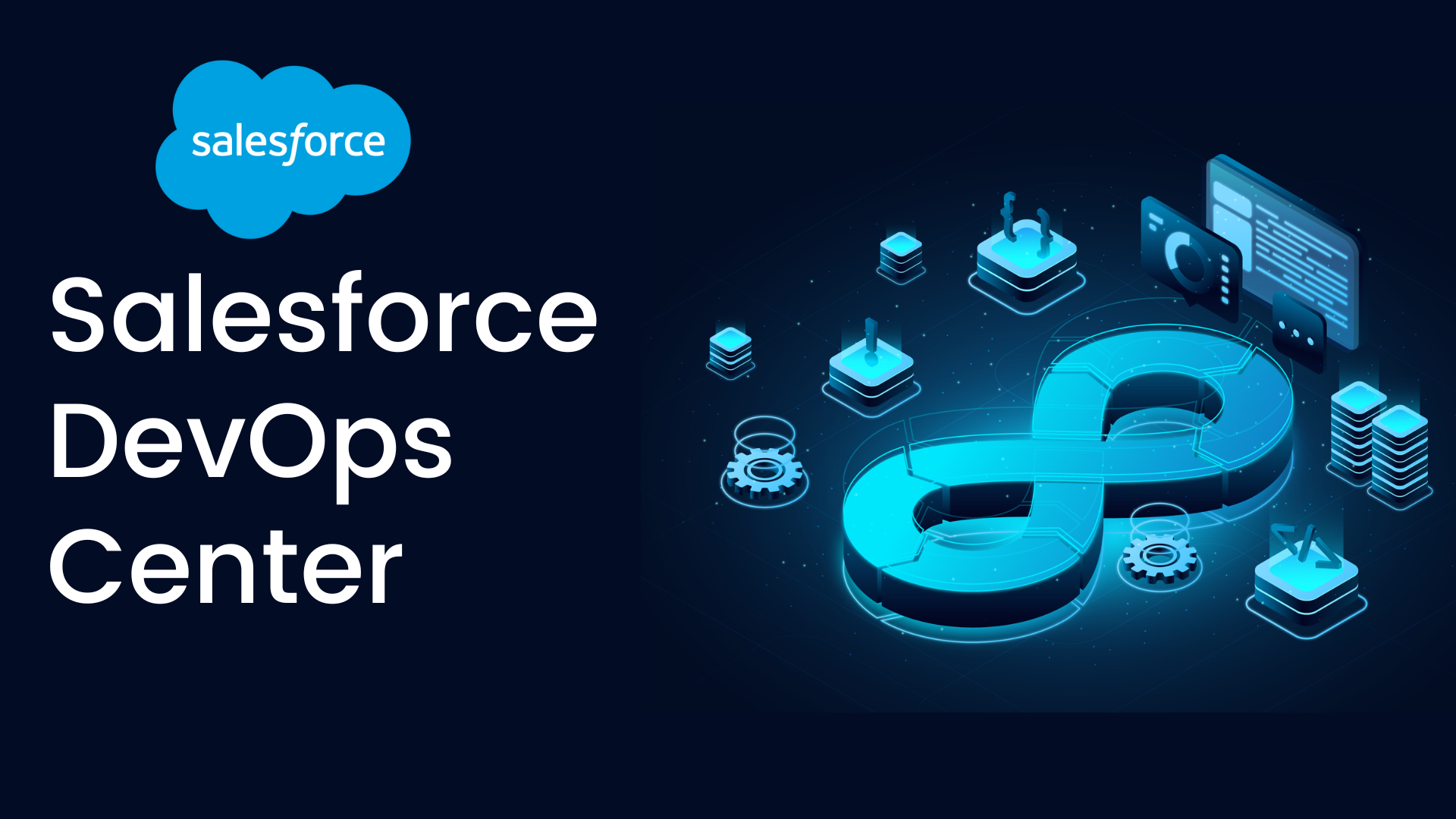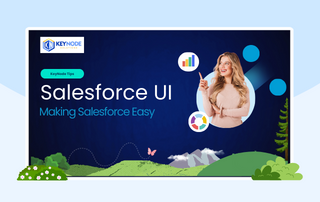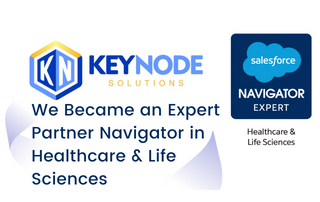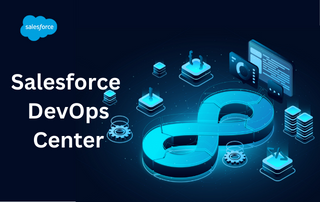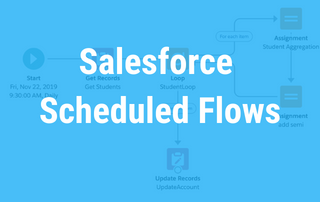Accelerate Development with Salesforce DevOps Center
On December 15, 2022, Salesforce announced DevOps Center, a new application to help customers accelerate application development and reduce the risk and time taken to deploy new release features to their customers.
https://www.salesforce.com/news/stories/salesforce-devops-center-announcement
DevOps Center is designed to replace change sets with modern DevOps best practices supporting the methodologies of Salesforce DX and source-driven development.
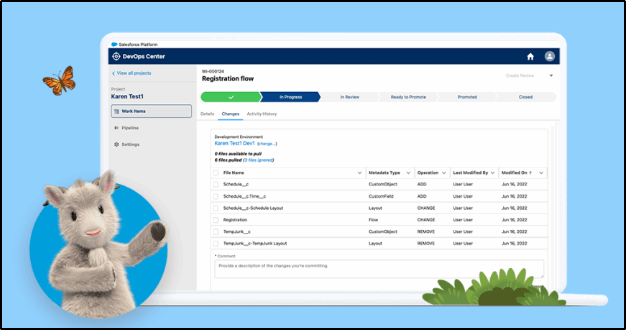
Benefits of Usage
- The time taken to deploy changes can be significantly reduced with automated deployment.
- The source control repository is the single source of truth for all changes.
- Both declarative (point-and-click changes) and programmatic (developer) changes are kept together and managed in the same environment.
- Conflicts can be identified and resolved early, reducing risk.
- Changes to be included in the release are more visible to the entire team.
- Greater governance and change management controls are achieved.
There is no plan to remove change sets at this stage but DevOps Center is the future of Salesforce deployment for those using out of the box tools. There are competing products in the ecosystem with some providing superior functionality and product maturity. Some of these products have been on the market for several years including:
- Copado
- Gearset
- AutoRABIT
- Flosum
Hiding the Complexity
Under the hood, DevOps Center utilizes Salesforce DX projects, Salesforce CLI, Metadata API and source control to perform its magic. Fortunately, all of this complexity is shielded from the end user with a friendly point-and-click user interface.
Instead of having to manually track changes made by admins and developers, all these changes can be tracked automatically via the source control repository with branches automatically created and managed by DevOps Center.
Developers and admins can work collaboratively without the fear of overwriting each other’s work and release managers can deploy the changes through the release pipeline from development through to testing and deployment to production.
A Salesforce admin can use the declarative tools they are familiar with to customize the environment and can commit and promote those changes in DevOps Center. Developers can work on a source branch with their familiar developer tools. All changes are tracked in the source control and can now be managed safely through to production.
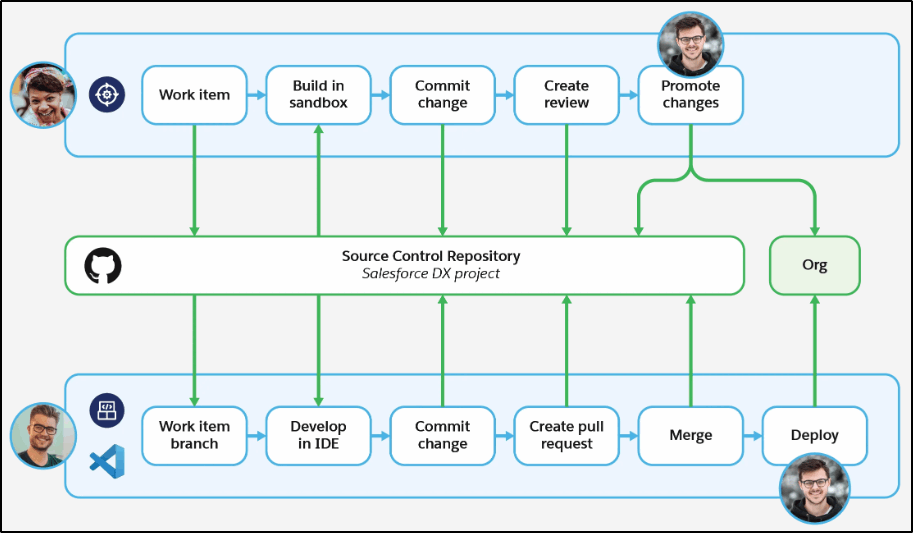
Configuring a Pipeline
In DevOps Center, a pipeline is configured for the progression of work items from developer orgs through to test and production orgs. You configure and connect these environments as part of the initial configuration of DevOps Center.
Once the pre-requisites of a stage are complete, the work item can be promoted to the next stage and in the background the deployment tasks will be performed automatically to move the metadata from one org to the next.
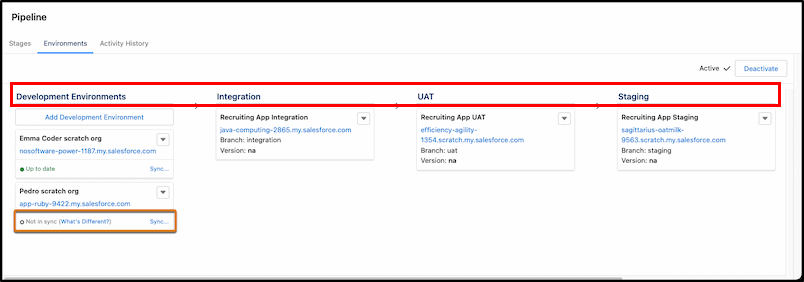
Creating a New Work Item
One of the first tasks is to create a new work item for the work you plan to perform in this project. This is similar to a User Story for those readers familiar working with agile methodologies and tools like Atlassian Jira.
The new work item contains an ID, Subject, assigned user, status and a Development Environment:

Working on a Work Item
Once a work item has been created, an admin can commence work on this item using the configuration tools they normally use (e.g., editing a validation rule, creating a new report, building a flow, creating assignment rules etc). A developer can work in their preferred environment to build their work item (e.g., Visual Studio, Code Builder, GitHub or the CLI).
Promoting Work Items
Once a work item is completed and ready to promote to the next pipeline stage, the record is updated to add it to the approved work items list and to make it available to be promoted to the next environment.
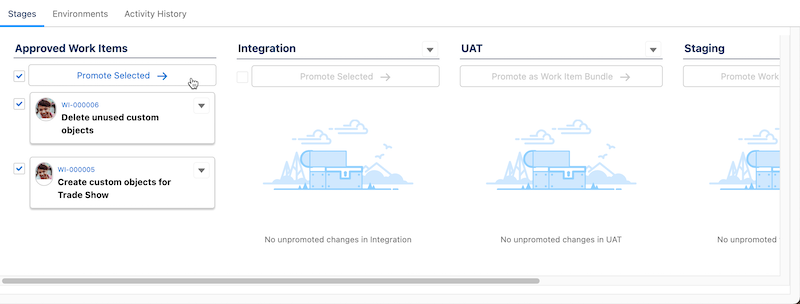
The promotion of the work item is controlled by permission sets. The admin, developer, a senior developer or a release manager can promote the item to the next stage in the pipeline if they have been assigned the appropriate permissions.
Results
DevOps Center provides a way forward for those using change sets for declarative developers and Salesforce DX for the programmatic developers. By integrating all changes into a single source-driven development environment, risk is reduced and the speeds of deployment is increased.
Better organization and visibility of work in progress, automated tracking of changes, customized pipelines for individual teams, utilizing clicks to manage deployments and supporting mixed declarative and programmatic developers are the key features that help reduce the cost and complexity of deployments.
This is just a high-level summary of DevOps Center. If you need some help or more information on this new product, the San Diego Salesforce Consultants at KeyNode Solutions can help you out. Drop us a line at hello@keynodesolutions.com or call us at 1-858-215-5371

